The 5 Emotionally Charged Stages of Bonking on the Bike
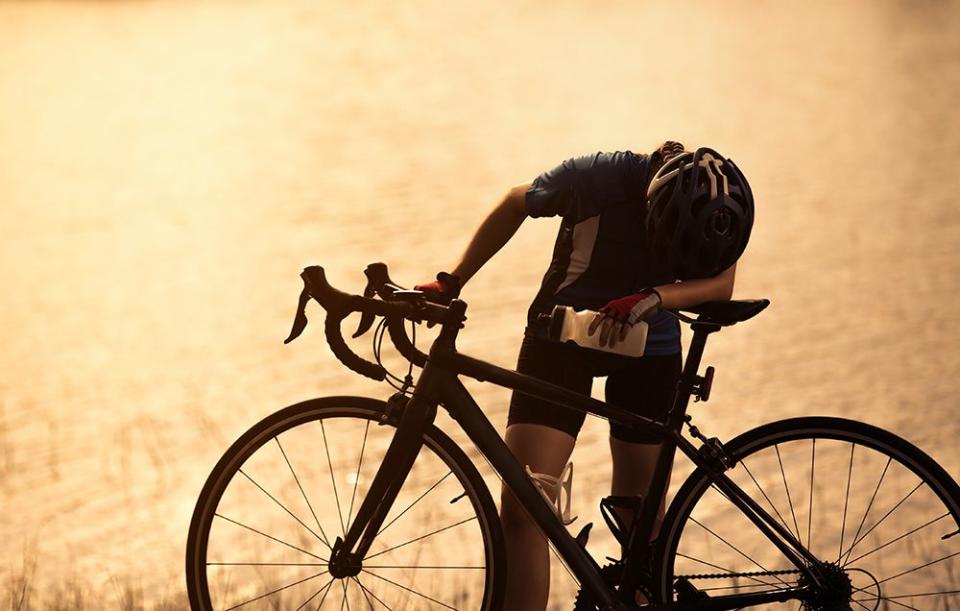
The 5 Emotionally Charged Stages of Bonking on the Bike
One of the less desirable inevitabilities of life as a cyclist, “bonking” ranks among broken chains and multiple punctures in the pantheon of “it’s not as bad as that day when I—” stories.
The human equivalent of a kite reacting to a strong gust of wind, bonking is that ride-ending feeling that takes you from flying high to falling hard in a matter of minutes, your tank drained dry and your muscles shot. There’s no solid scientific definition for bonking, says exercise physiologist Sean Burke, founder and head coach of Crank Cycling, but “it’s most likely linked to glycogen depletion.” High-intensity exercise requires carbohydrates like glycogen, and once the glycogen in your muscles is used, you have to rely on fat for fuel. Energy from a fat molecule is released more slowly than from a carbohydrate molecule. “That means less power to the pedals,” Burke says.
Find the energy you need to attack your day with Puncheur, Bicycling's signature whole-bean coffee!
Bonking seems simple enough to avoid: You need to put fuel into your body to get energy out of it. But sooner or later, every cyclist will find themselves weeping into a pile of candy wrappers and wondering what they did wrong. For the uninitiated, this tearful tango has five simple stages. If you look back hard enough, you’ll see how you danced through all of them.
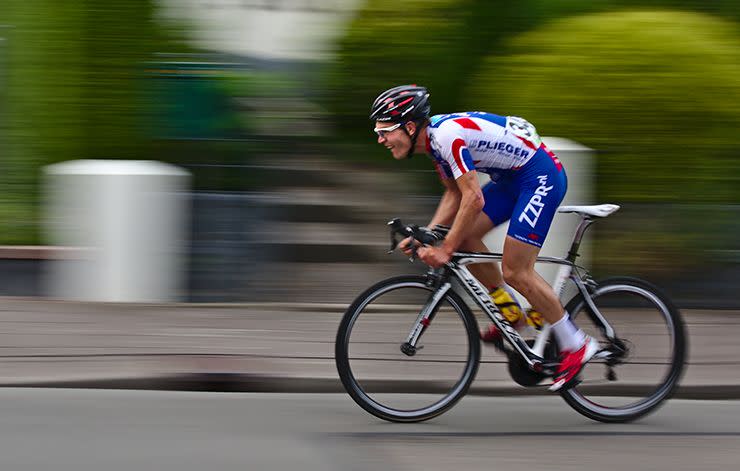
Stage One: Denial
You suddenly lack the power you need to stay with the group. Your vision blurs and it’s hard to hold a straight line, but you decide that it must be because you’re going so hard. You decide to grit your teeth and push on, sit in the wheels, or even attack—everyone else must be suffering as well, right?
RELATED: How Pro Cyclists Fight Fatigue
On the Inside: You are at the end of your glycogen reserves, Burke says; deprived of glucose, your brain is not making the smartest decisions.
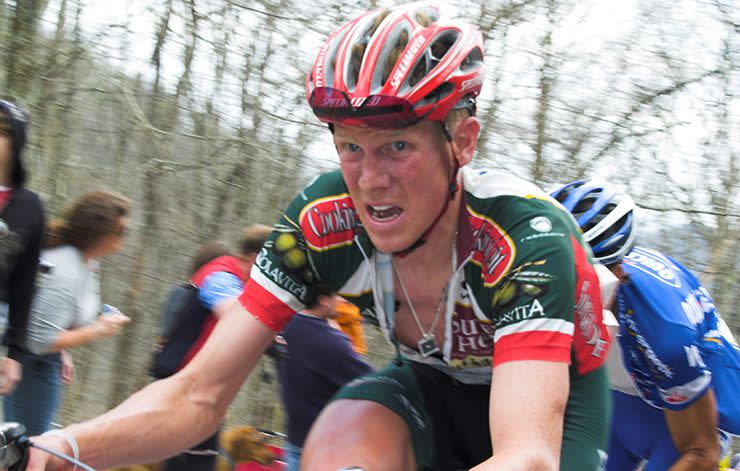
Stage Two: Anger
Your world becomes 25mm wide as all you can focus on is the wheel of the rider in front. You want to scream at your buddies for attacking you in this moment of weakness, even though they’re just spinning away and chatting. You know it’s your fault you didn’t eat enough, but you want to blame everyone else.
If only your buddy hadn’t half wheeled; if only energy gels tasted like cupcakes; if only everyone had listened when you had wanted to stop for cookies. It becomes clear that the whole world is trying to sabotage your ride today, and it’s succeeded.
RELATED: Get Energized Quickly With These Sprint Intervals
On the Inside: Your adrenalin levels are spiking. Your body knows it is on its last legs, but this evolutionary failsafe is giving you just enough energy to climb a tree and escape the saber-toothed tiger chasing you—no more.
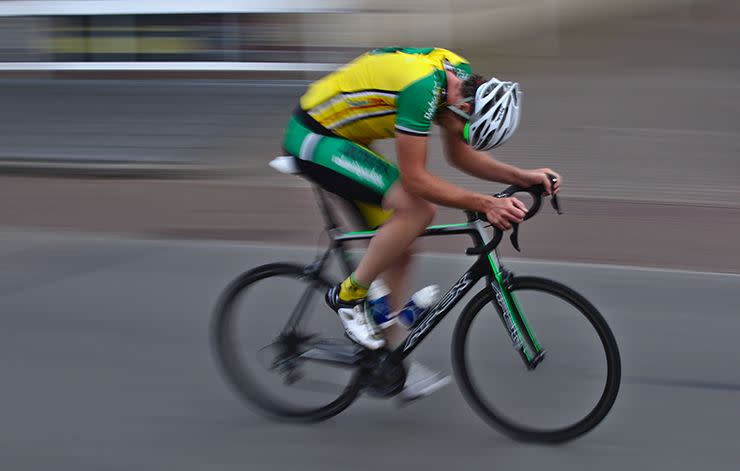
Stage Three: Bargaining
You know enough about bonking to realize your glycogen stores are running low. Maybe if you sit in and eat a gel you’ll be okay by the next climb; you pat your empty jersey pockets hoping to magically conjure more ride snacks. You desperately beg your cycling buddies to slow down until you can find a convenience store to provide you with the sustenance you need to tame the chasm that has somehow replaced your stomach.
RELATED: Which Gets Tired First: Your Brain or Your Legs?
On the Inside: Your body needs fuel, so your brain is willing to throw social niceties to the wind to get it. It doesn’t care that you might slow down the group, or inconvenience anyone, or even that it might bruise your own fragile ego. It just needs you to eat. You’re getting hors categorie-level hangry.
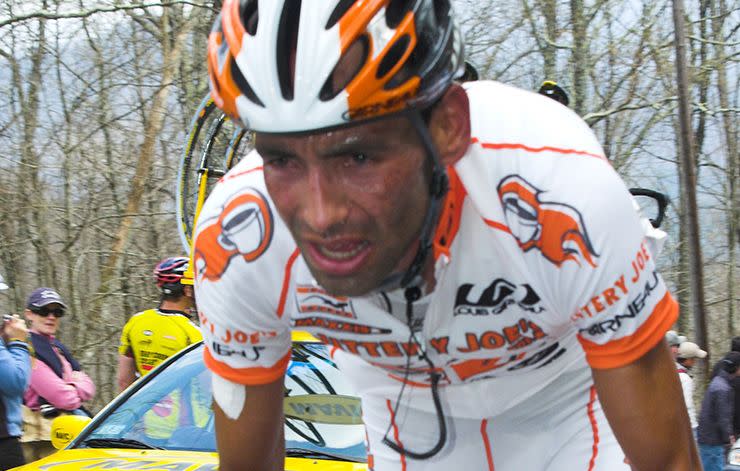
Stage Four: Depression
You suddenly find yourself sobbing into your spandex, wondering why you decided to skip breakfast.
(I’m not ashamed to say that I have cried on a bicycle more than once. Most of the time I’m weeping into a can of Coke, fully aware that in 10 minutes I’ll laugh at myself. Just you wait: You’ll do the same.)
RELATED: How to Handle Getting Dropped on a Ride
On the Inside: As your blood sugar drops, your adrenaline wears out, leaving your body overwhelmed by fatigue. Those endorphins released by exercise (think about that mid-ride “high”) have just left you as quickly as the group did on that last hill.
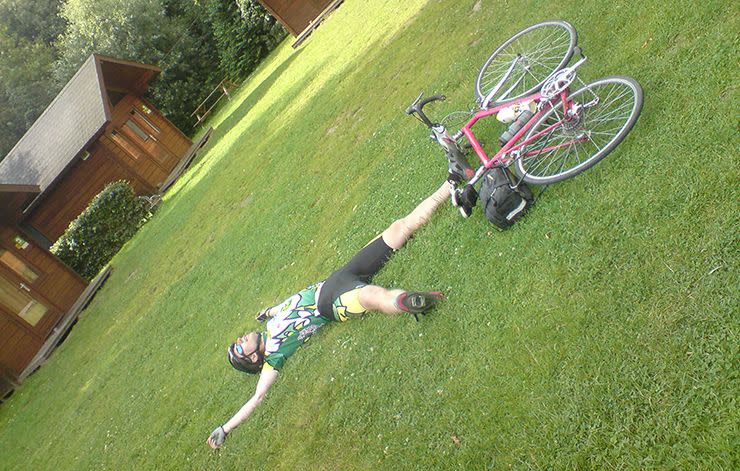
Stage Five: Acceptance
Eventually, you pull over to a convenience store and wander the aisles like an extra from Dawn of the Dead. You check out and sit on the curb, blissfully unaware of your surroundings, covered in melted chocolate and sticky caramel, and caught between tears and laughter as you wash down a Snickers with soda.
RELATED: Is Coke a Good Recovery Drink for Cycling?
On the Inside: Your body is calming down. Your blood sugar is increasing, your body’s alarm bells have stopped going off, and your emotions are stabilizing—until the next bonk.
Bonking is a nearly universal affliction for cyclists—no matter how hard we try to prevent it. Here's what enduring it feels like.